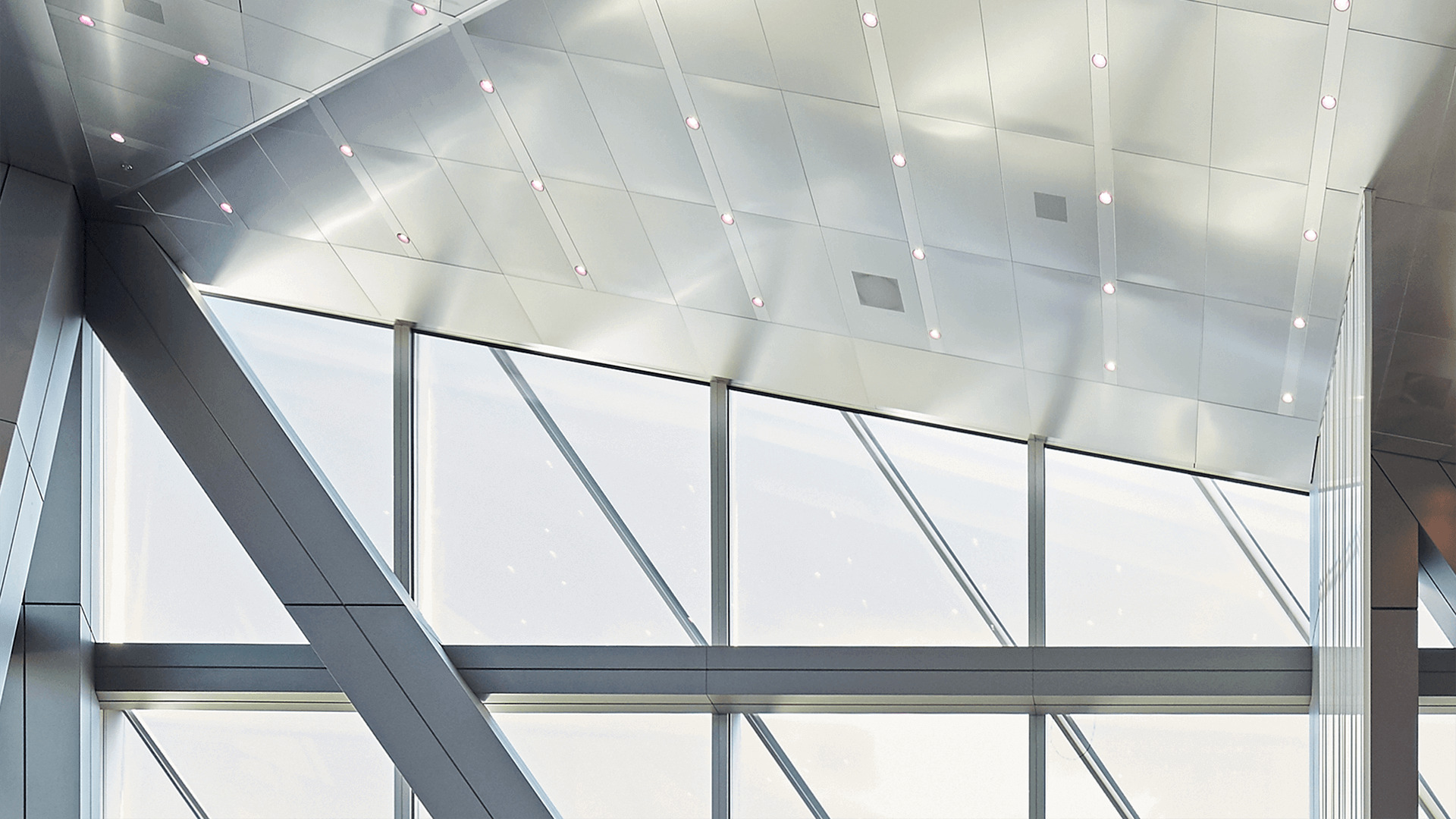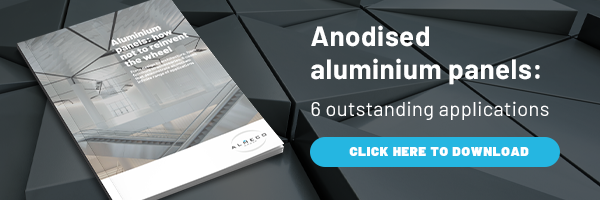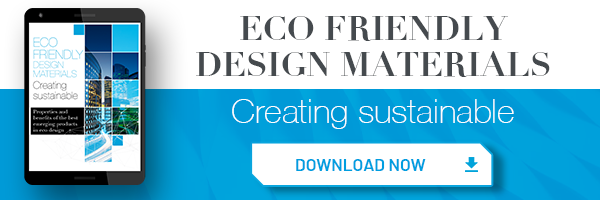The new challenge of the construction world passes through a concept of eco-friendly architecture. All the design studios dedicate a large part of their work to find solutions that are able to make a building efficient, both in terms of energy efficiency, and in terms of the use of natural, recyclable materials that do not endanger health of people and the planet. But not only. The entire construction chain is adapting to increasingly restrictive regulations regarding the products life cycle and the certifications involve both production plants and architectural projects, for which we are progressing towards types of passive houses or nearly zero energy buildings.
The approach to eco-friendly architecture has to start from the early stages of the project: in fact, already in the embryonic stage, architects must foresee how the use of raw materials and the entire construction will impact on the ecosystem and on the health of the inhabitants. Furthermore, a sustainable building must know how to integrate harmoniously into the landscape, without damaging the context, enriching it, even better, with territorial continuity.
Alongside fundamental elements such as the adoption of energy systems powered by renewable sources, the orientation of the architecture, the study of sunshine and shading, the equipment with domotic management systems, the winning card for building an eco-friendly architecture means using materials whose extraction does not harm the environment.
During the design phase, it is essential to develop an architecture composed of elements and materials that can be easily disassembled: this involves an easy separation at the end of their life, to proceed with an integral recycling process of all materials or with a more sustainable disposal.
What is eco-friendly architecture
Eco-friendly architecture, or sustainable architecture, is a type of architecture that seeks to minimize a building’s negative impact on the environment, and that promotes a more sustainable way to design, build and live in an artificial space.
Alongside fundamental elements – such as the adoption of energy systems powered by renewable sources, the orientation of the architecture, the study of sunshine and shading, the equipment with domotic management systems – the winning card for building an eco-friendly architecture means using materials whose extraction does not harm the environment.
During the design phase, it is essential to develop an architecture composed of elements and materials that can be easily disassembled: this involves an easy separation at the end of their life, to proceed with an integral recycling process of all materials or with a more sustainable disposal.
Examples of aluminium in eco-friendly architecture
For both new constructions and the refurbishment of existing buildings, aluminum plays a key role in terms of sustainability. It has high performances that make it the undisputed protagonist of eco-friendly architecture: light but sturdy, resistant to corrosion and durable, moldable into any desired shape, but above all it can be recycled indefinitely.
The high intrinsic value of aluminum makes it the most suitable material for versatile and long-lasting applications, economically advantageous and ideal even in the case of the recovery of existing historical architectures. Aluminum is a very soft metal in its purest form; with the addition of elements such as copper, zinc, magnesium or manganese, it forms an alloy. This makes it perfect for a virtually infinite range of applications. It can be laminated in coils from which sheets may be produced to be then turned into panels or it can also be extruded in profiles that manage to achieve different shapes, both flat and curved, which combine perfectly with other materials.
Aluminum can be used both for:
- the construction of facades and claddings;
- roofing;
- as a structure or in the form of composite panels.
The forementioned metal can be surface-treated to obtain different color or texture impressions. One of the options is anodization, driven by the stimulation of Aluminum’s natural tendency to oxide: the natural oxide film is strengthened, and this leads to greater hardness, resistance to corrosion and abrasion.
Aluminum can be used both for:
- the construction of facades and claddings;
- roofing;
- as a structure or in the form of composite panels.
Aluminum in eco-friendly architecture
Designed by the Dutch studio Cepezed, the largest entirely passive building in Europe, the headquarters of the Environment Agency in Brussels, is equipped with an external cladding in black aluminum, capable of absorbing sunlight.
The new The House of Wisdom library in the United Arab Emirates, designed by Foster + Partners, has an eco-friendly architecture based on an aluminum diaphragm capable of filtering the sun.
Snøhetta in Bergen has designed the new Academy of Art, Music and Design characterized by a facade formed by a three-dimensional puzzle of raw aluminum panels, which will change color over time and oxidize.
The Citylife residences in Milan, designed by Zaha Hadid, have ventilated facade cladding made with modular paneling and painted aluminum shells.


